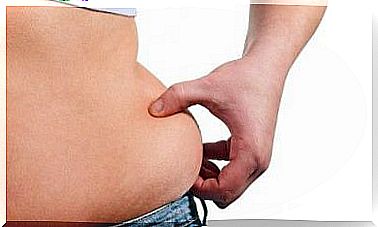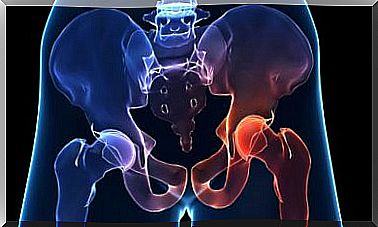Sick In The Car? Find Out Why This Happens!
Usually sick people in cars feel restless, have a cold sweat and vomit.

Holidays, excursions or weekend getaways are moments awaited by all. However, those who are sick in the car would sometimes want to teleport or just stay home to avoid it.
As we all know, car dizziness is very common, especially in children. This condition of motion sickness is scientifically known as motion sickness.
Although it can happen to anyone, there are people who are more predisposed to suffer from this nausea. Children aged 3 to 12, people with anxiety and pregnant women are the most vulnerable. But do you know why this is happening?
In this article, we tell you everything you need to know about transport disease and how to fight it. So that you can finally enjoy your vacation the way you deserve it.
Why are you sick in the car?
To understand why nausea occurs in the car, we must first briefly explain how our balance system works.
The brain, in order to maintain stability, must first know the position in which our body is located. To do this, it uses the balance receptors, which are located inside our ear. It also needs the information provided by our senses and the locomotor system.
The information provided by our eyesight and our muscle and tendon receptors must match when it reaches the brain. This usually happens when we move around on purpose for walking or exercising.
However, when we look at a fixed point, such as a smartphone, inside a car that oscillates or produces unstable movements, the information that reaches the brain through these two pathways does not coincide. In other words, our brain receives different information from each sense. The sight tells us that we are still, while our body is subjected to the sway of the car.
What are the symptoms of this situation?
In this situation, there is a greater than normal stimulation of the sense of balance. This organ resides in our middle ear. In case of hyperactivity, the symptoms of dizziness appear:
- The person who is sick in the car usually becomes pale and has a cold sweat
- She is often agitated and nauseous
- It is quite common that she ends up throwing up.
How to avoid getting sick in the car?
As we have explained, what happens is that when we look at a fixed point like the telephone, our eyes interpret that we are still when in reality we are moving. This movement is passive, it does not depend on us, but varies with the car.
Dizziness in the car is more common if the road is uneven. In reality, they increase noticeably if there are a lot of turns or if the car is traveling at high speed. Therefore, the best preventive measure is to take care of the way you drive.
The driver should try to drive smoothly, without hard braking and, of course, with speed control. Acceleration should also be avoided. If the road is mountainous, you have to be very careful.
If you are the one who feels dizzy, ideally climb into the central back seat. This is because, from this seat, you will be able to look at the scenery and be aware of the movement. When the vertigo arrives, it is better to open the window and close your eyes, trying to relax.
On the other hand, it is recommended that the car is well ventilated and at a good temperature, between 21 and 23 degrees. Try not to overeat before starting the trip, although it is important to eat light and stay hydrated. It is also essential to make frequent stops to get some fresh air and relax.
If, however, nausea is preventing you from traveling comfortably, try seeing your doctor. Certain medications help reduce the symptoms of dizziness. These are antihistamines like dimenhydrinate.
Some use natural remedies, such as ginger root or chewing gum while traveling. There are even elastic bands designed to reduce dizziness in the car.
In conclusion
If you experience frequent nausea in the car, try following these tips. Also, don’t forget to take plastic bags with you in case you need to vomit. You can also try to travel early in the morning to sleep on the way.









